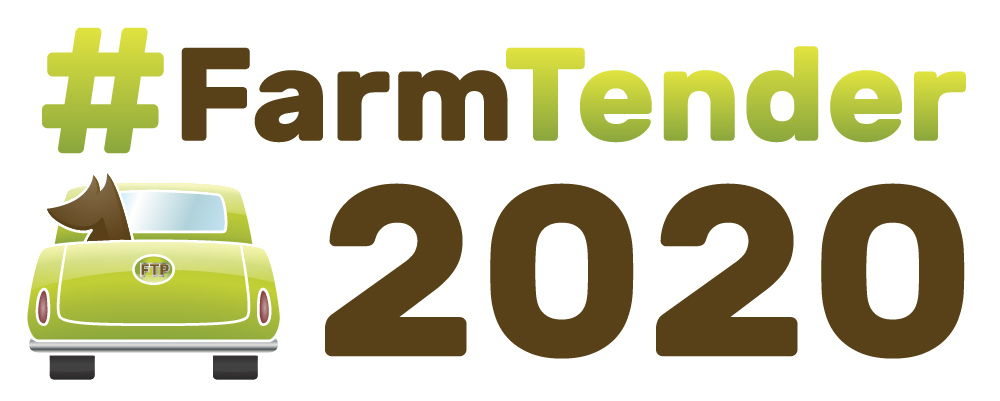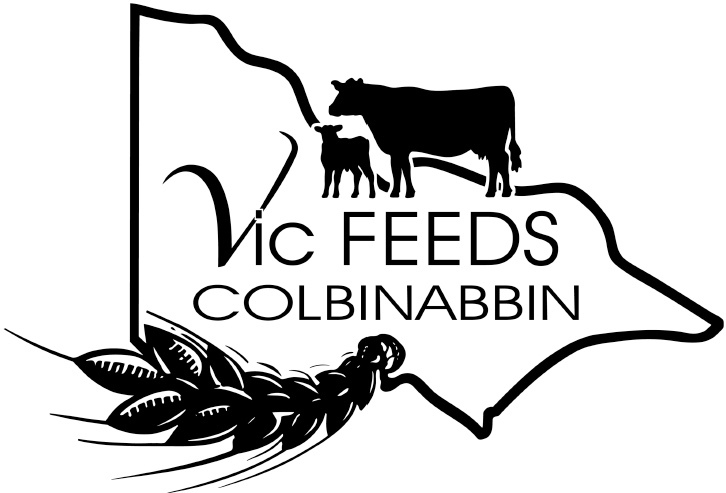Has Australian Dairy production hit the bottom?
- By: "Farm Tender" News
- Regenerative Ag & Carbon Farming News
- Feb 24, 2020
- 658 views
- Share

This article is bought to you by Vic Feeds.
By Madeleine Swan is Associate Director, Agri Research at ANZ
Over the past 20 years, every major Australian agricultural sector has gone through a major structural change, right across their respective supply chains. This is as true for the dairy industry as it is for grain, cattle, beef, cotton and other sectors.
Upstream, each industry continues to see a trend toward fewer farmers, reflected in a growth in the average size of operations, as well as efficiency levels. New developments in technology and farm infrastructure also continue to impact the nature of dairy farming. At the same time, factors such as input prices and labour availability continue to be challenges.
"The Australian dairy industry has been through a period of change and volatility in recent years.”
On a broader scale, the dairy production sector has had to face the challenges of growing global competition, particularly from Europe and New Zealand, in a global market which is arguably the most commoditised of any of the major agriculture sectors. Despite this, the potential for dairy processors or even countries to specialise their products or pursue new innovations is better than ever.
In the Australian dairy industry the challenges for producers vary widely by region, particularly due to climatic differences, or the size of regional industry clusters – dairy farming in southern Queensland or Western Victoria are quite different propositions.
Fundamentally however, the vital factor of the consumption outlook remains very strong. Domestically, while Australia’s population continues to grow, consumer behaviour is increasingly driven by health perceptions. Non-animal dairy products will undoubtedly grow but mainstream dairy products will always form a major part of a healthy diet. For export markets, there is still enormous growth ahead in the middle class populations of Asia, particularly China.
The Australian dairy industry has been through a period of change and volatility in recent years with major changes amongst the major processors, the milk-price step downs caused by falling global prices and the impact of drought on local production. The result of this tumult in the industry has been a significant decline in milk production and exit from the industry of a growing number of producers.
Growing local consumption, export demand and prices all put pressure on the decreasing supply pool and, in turn, processors, to maintain milk supply to meet both local demand and maintain our position in export markets.
As producers continue to exit, and the impact of high input prices, the drought and the recent bushfires becomes clear, the major question facing the industry is how low will production fall, and how much milk is actually needed to sustain both domestic and export markets.
#FarmTender2020 - Focus on Farming Systems - June 5th, Bendigo, Vic

Tickets available now - click here
For those producers who are profitable in today’s market, the outlook is good. Lower milk supply and excess manufacturing capacity points towards strong prices as processors look to retain milk supply. While high fodder and water costs are likely to remain a part of the dairy industry landscape for the foreseeable future, efficient producers will build these variables into their individual business strategies, balancing input costs against price forecasts.
For consumers, the outlook for retail milk and dairy product prices is unclear. It will be driven by a number of variables. Changes in sourcing, offtake-pricing and production of milk will likely impact shelf prices, as will strategic and marketing decisions taken by retailers on milk prices and their place in wider supermarket pricing strategies. At the same time, the growing range of new dairy products available to consumers continues to present fresh opportunities for newer and smaller processors.
Impact of recent bushfires
The impact of recent bushfires in New South Wales and Victoria remain unclear with early estimates producing very broad ranges of stock losses. Looking at the four most heavily impacted Natural Resource Management areas of South East NSW, Hunter, Greater Sydney and East Gippsland there are just over 150,000 dairy cattle in the impacted areas.
The major processor in the impacted area, Bega, recently stated that while 800,000 litres of milk has been discarded either due to lack of access to farms or power cuts, they remain confident of supply going forward.
The impact of the bushfires has been locally destructive for many areas and it will take impacted producers a long time to recover from stock and infrastructure losses. Official stock loss numbers are likely to rise as the picture becomes clearer and there will be logistical disruptions in the short term for some produce coming out of impacted regions, the longer term impacts on Australian agriculture and, in particular, the dairy industry are likely to be limited.
Looking towards 2030
With dairy producers under increasing pressure from drought conditions, high fodder costs and increasing water prices, milk production has continued to fall as producers have left the industry.
The major question facing the industry is where is production headed into the future? Has Australian production hit the bottom? Or is there further to go?
If we look at the current trends in major inputs into dairy farming, we see the continued increase in total capital investment in the industry, which looks set to continue until 2030, albeit not quite back to the heights of 2017.
At the same time, cash costs are on a fairly consistent upward trend which, if it continued, would see farmers facing costs of over $A900,000 each year by 2030, an increase of 32 per cent on 2018 costs, while income would increase to $A1,080,000 – an increase of 26 per cent. While we don’t expect income and outgoings to continue to follow the trend of the past 10 years alone, it does show the importance of continuing to grow productivity and efficiency in the dairy sector.
Other major on-farm inputs, including dairy cow numbers, farm numbers and milk yield have all followed a very consistent trend with no indication of a change in direction. The milk price remains the most volatile input, based on global prices and local conditions – however on the trend alone, the farm-gate milk price will flatten out towards 2030 at an average of around A50 cents per litre.
As the Australian dairy sector looks toward the 2020s, it does not hide from the challenges it faces, nor the changes which some stakeholders will still experience. Importantly, however, the market opportunities which have driven dairy growth an innovation over the past two decades remain as strong as ever.
The views and opinions expressed in this communication are those of the author and may not necessarily state or reflect those of ANZ.
www.anz.com.au












Share Ag News Via